Most of us probably turn up at a gravel event, sign on, take part, hopefully have fun and then travel home again afterwards without giving a moment’s thought to the work that has gone on behind-the-scenes to make the event a reality. When it’s an international event attracting both riders and sponsors from around the globe, the level of complexity is ratcheted up even higher. We were fortunate enough to have been invited out to Japan in the middle of October to see behind the scenes of the last Grinduro event of 2024. Want to know what goes on to make the Purple Party a success? Then you’d better read on……
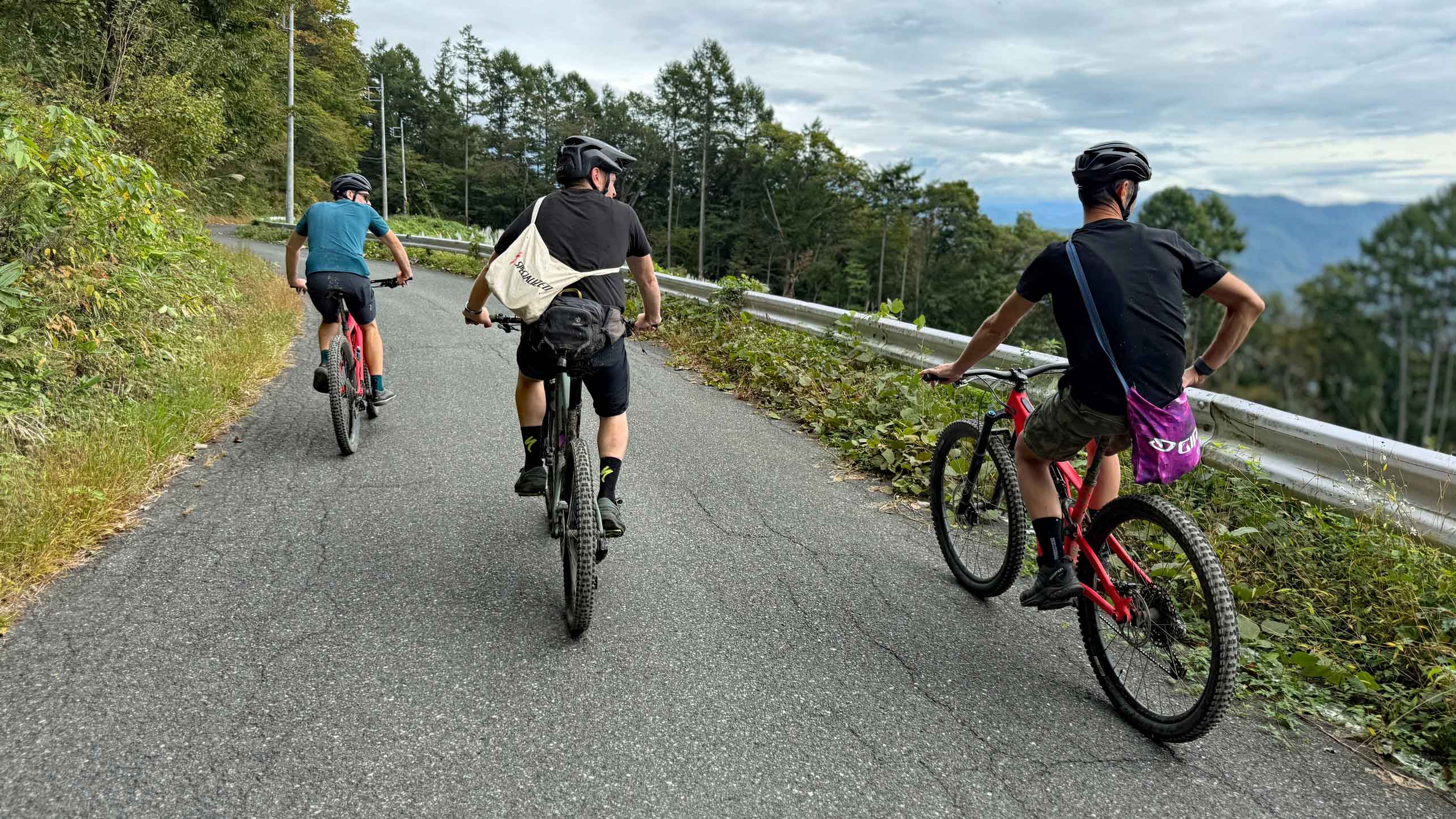
“Do we have the make the course tape stretch all the way out to there?”
“Shall we take the Levos when we go and do the course marking and final check over?” said Benny, who was responsible for course design at the 2024 Grinduro Japan event. You might think that using lightweight e-MTBs to ride round a course designed for gravel riders is a little over-the-top, but with a distance of just over 80 km and total climbing of around 2000m to be covered, using the e-MTBs was the most efficient way to get around the course. As a long-time resident and owner of an MTB guiding company, Benny had both the trail knowledge and the local connections to be the perfect course designer for Grinduro Japan. The fact that he also had a fleet of e-MTBs that we could use for the course marking was the icing on the cake!
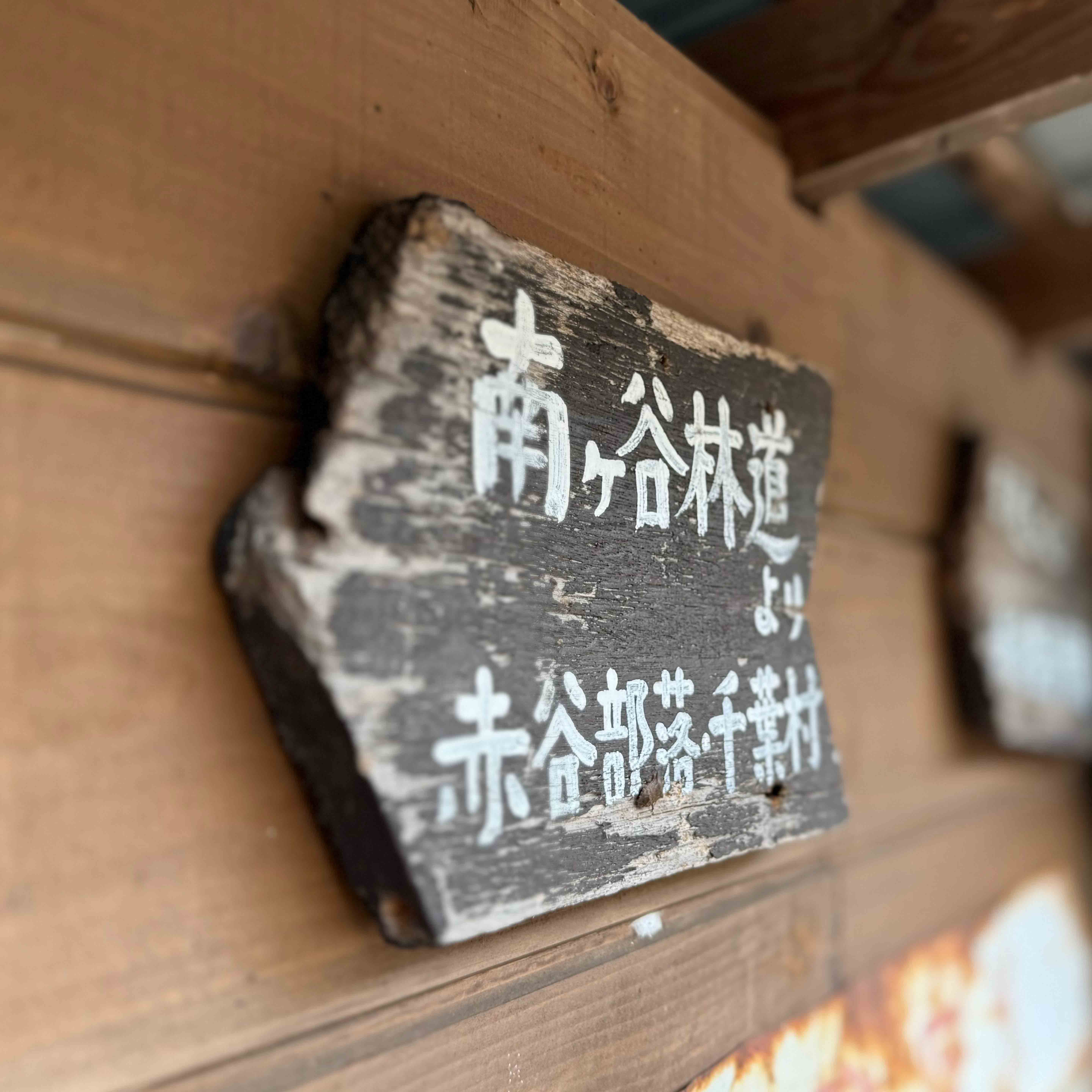

Less of this....
More of this
For event organiser Adam and the rest of his team, the last few days before Grinduro Japan starts are completely manic, with a To Do list as long that seems never ending. Course checking and marking is one of the more ‘fun’ jobs on the list, but that doesn’t make it quick or easy to get right. One of the distinctive factors of Grinduro events is that each course is marked out in such a way that riders shouldn’t need to rely on a GPS unit or smart phone in order to navigate their way around. You might wonder whether this is just creating extra work for the event organisers, but it does give riders a ‘safety blanket’ and helps reduce to a minimum the number that go the wrong way.
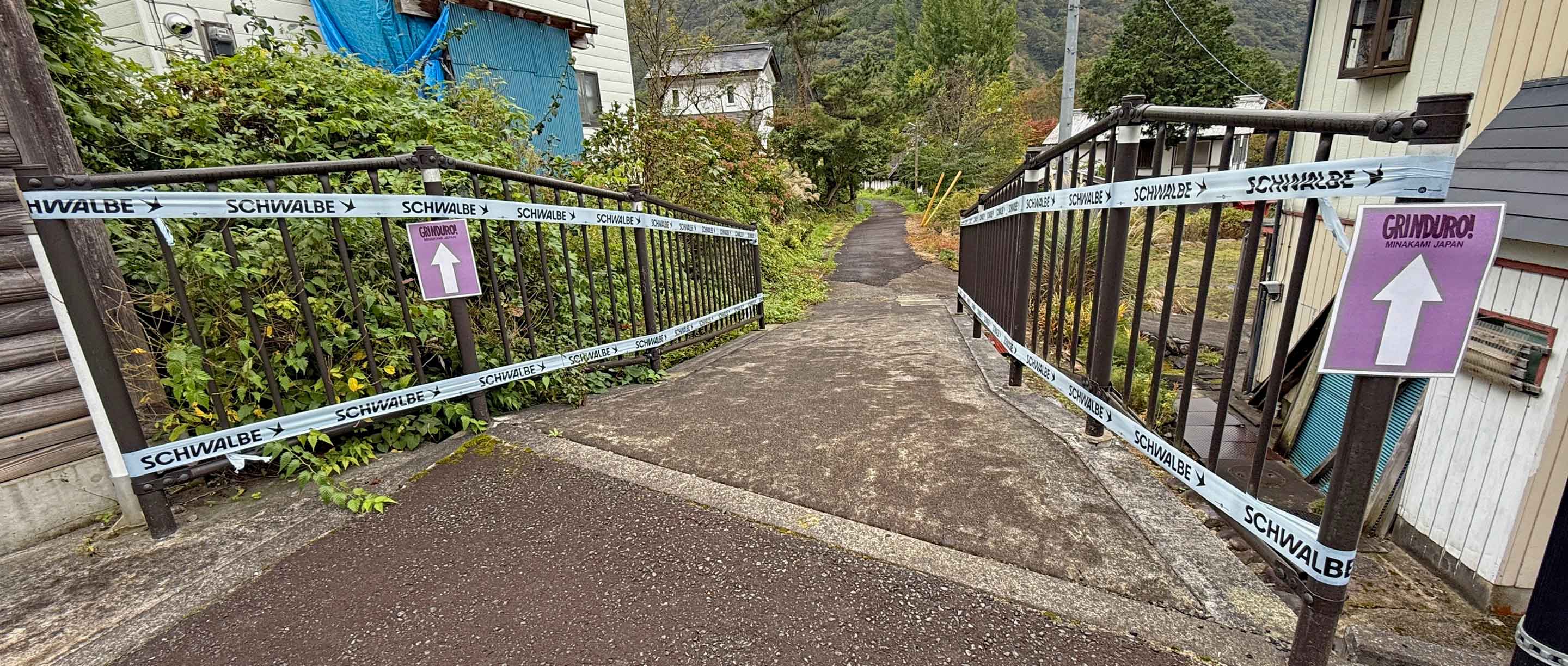
No excuse for not going the right way in this section of the course
Grinduro events are managed on a global level from the UK, but each event has a locally based team who actually run it on the ground. There are times where the guidelines set out by the global management don’t quite gel with the requirements of local authorities, and in the region where the event was being held in Japan, course marking was one such area. Rather than the normal heavy-duty (but temporary) signage used on Grinduro courses elsewhere in the world, the local authorities in Minakami dictated that the route be marked using only course tape on the off-road sections. Every junction needed to be marked, so the role of the team on the course check ride was to put in place enough tape at every junction so that it was obvious which way riders needed to go. This was backed up on the road sections with sign boards (and there were marshalls at key junctions too). Post-event, a ‘sweep’ team re-rode the course and removed every single piece of tape – a long and thankless task, but one which was vital to fit with the principle of leaving only positive impacts on the areas where the events are held.
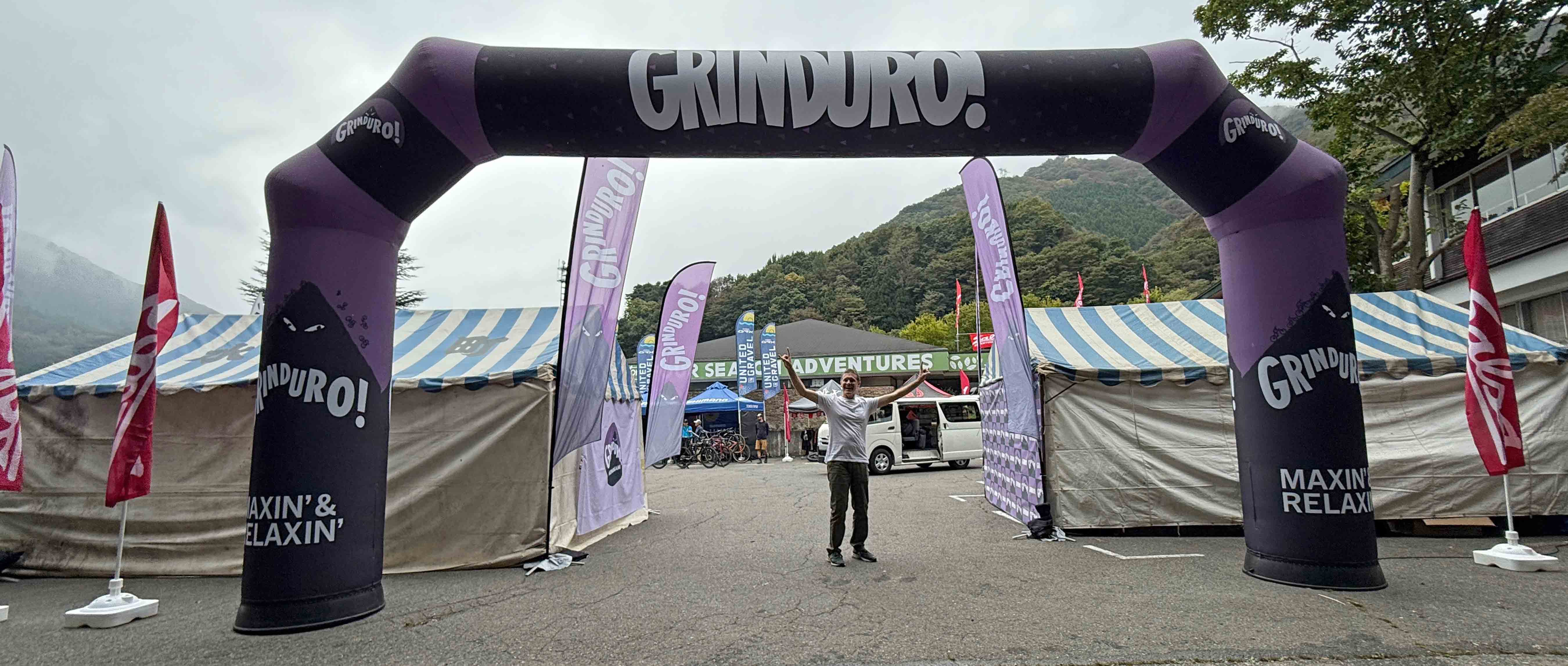
Welcome to my kingdom, said James from Grinduro Global
While course marking is perhaps the most noticeable part of an event to the participants (and the most likely to attract their ire when it hasn’t gone quite to plan….), it’s merely the tip of an organisational iceberg. Event planning generally takes 12 months and can take double that for more complicated events. The location of the event is key, but it’s not just a question of where to site the event village or which trails to route the participants along – organisers have to consider other practicalities like access for contractors, where to find power, is there enough water pressure, is the venue too close to neighbouring properties (which might be impacted by the post-ride party), what are the transport options for riders, is there enough parking for staff and riders and what kind of accommodation options are there? Getting the buy-in of the local authorities and perhaps even more importantly, local residents is absolutely key. One of the very first jobs to do once a potential venue has been identified is to talk with the local authorities (including the police) to ensure they are happy to be involved and that they will sign-off the reams of paperwork required, so event organiser Adam and route organiser Benny spent many months in discussion with the local authorities during the planning stage of the event.

The perfect mix of food trucks, local businesses, global brands and a DJ spinning tunes.
Assuming an appropriate location has been identified and the local authorities have granted permission, then the event organiser needs to think about the other myriad items that make an event a success – they need an event village stocked with booths full of interesting ‘stuff’ for participants to look at (and spend money on), local sponsors should be wooed and persuaded to invest in the event, caterers need to be identified and booked to provide the various meals that are included as part of the entrance fee, food trucks require booking to sell meals to hungrey riders before/after the event, a neutral service team should be organised to help look after any mechanical issues, first aid, course marshalls, digital timing and the absolutely critical volunteers (who staff the sign-on facilities and the feed stations around the course) all need sourcing and managing.

“Is my truck small enough to fit over the bridge?” thinks Benny
As well as planning in all the things you know are going to happen, the organisers also need to think through all the ‘what if?’ situations. The first Grinduro Japan, which was held back in 2019, was impacted by the arrival of a typhoon which required some major last-minute planning and organisation changes to make sure everyone was kept safe. Weather is the one thing organisers can’t do much about – they can schedule their event to fit in with the normal weather patterns in the area, but thanks to climate change, weather ‘norms’ aren’t so predictable anymore and the arrival of poor weather can have a dramatic impact on an event, so contingency plans for a wide range of occurrences need to be put in place.
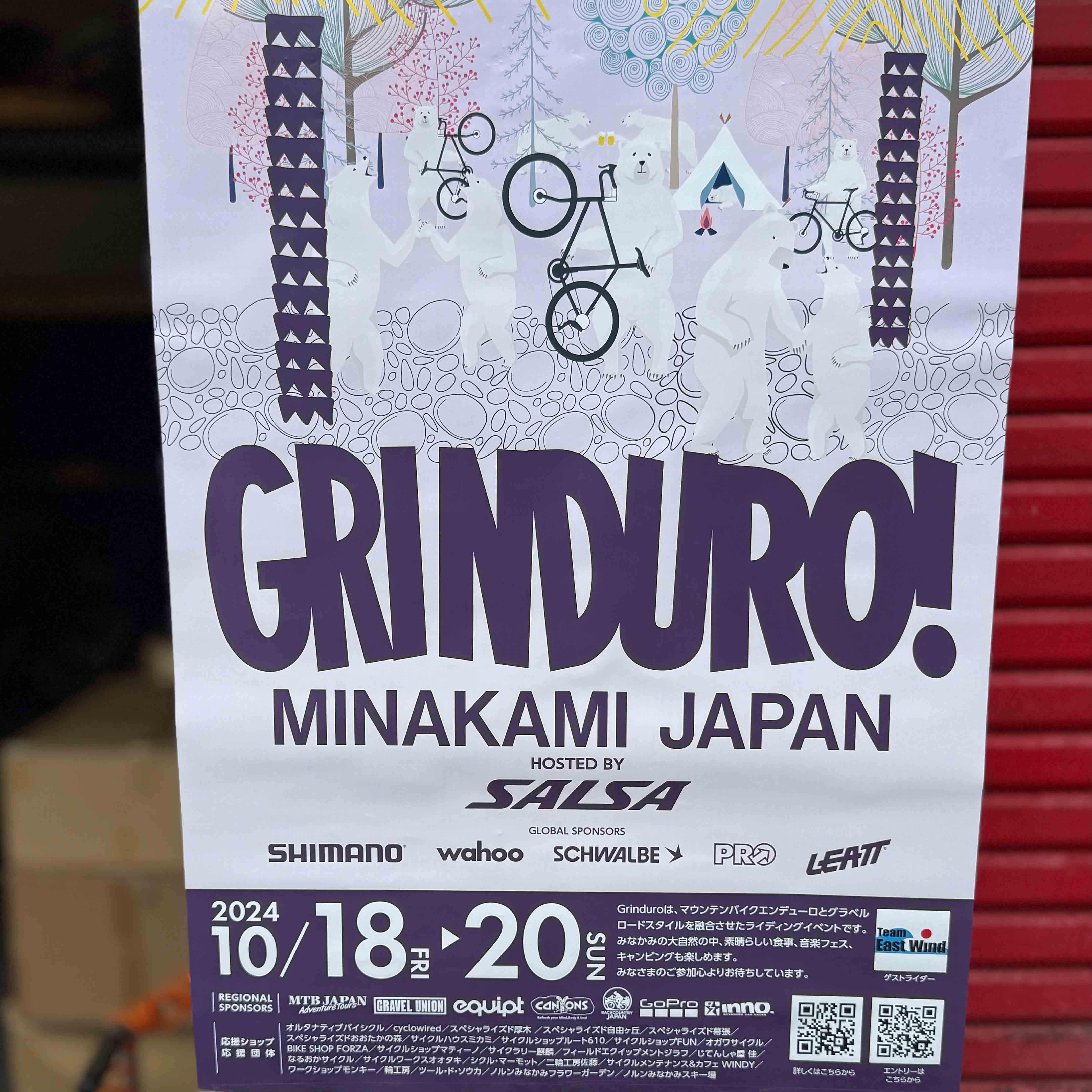
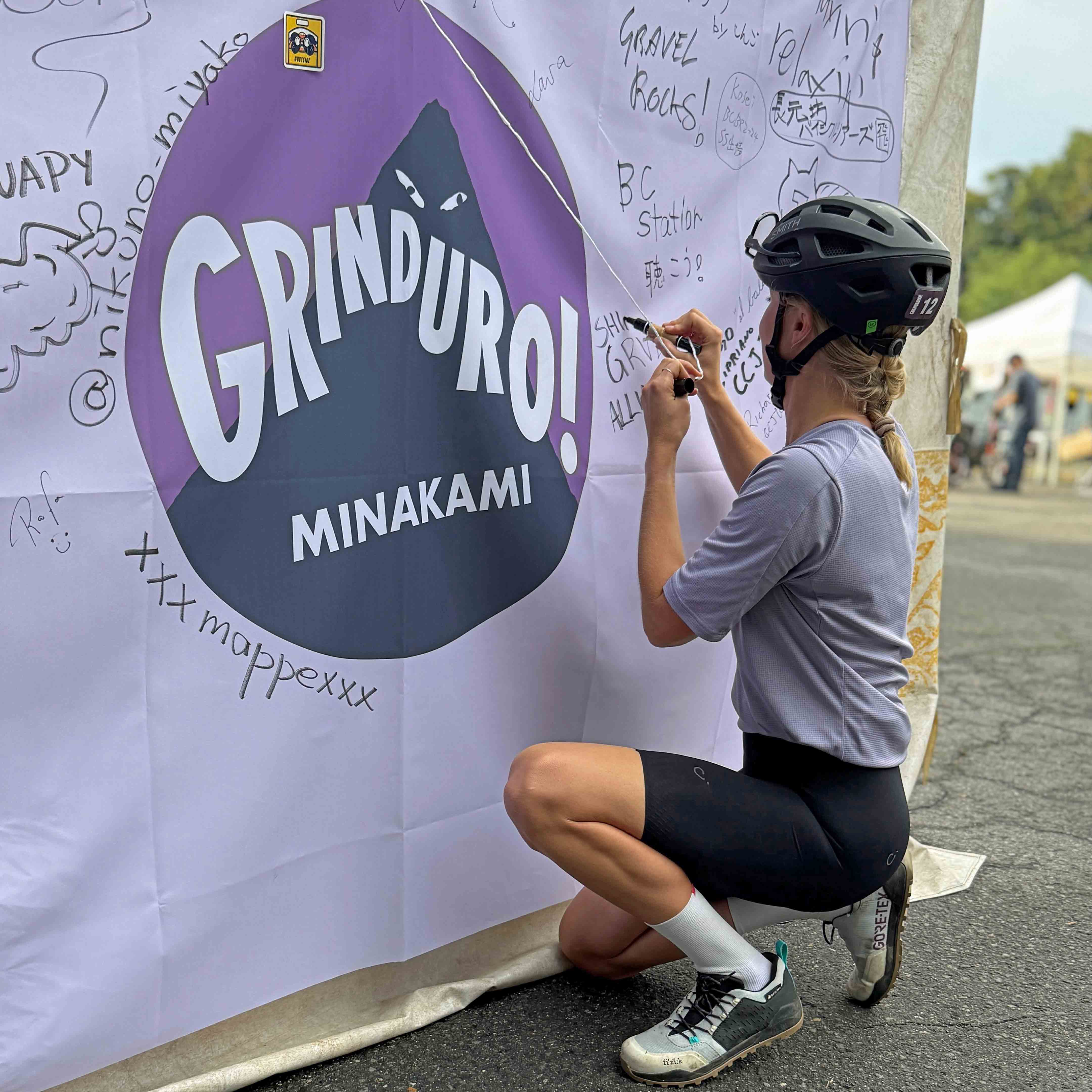
Event marketing in all its forms.
Once the practicalities are arranged, then there’s another critical task – how to spread the message about the event out to the world? In advance, this could be anything from social media campaigns to posters stuck at appropriate locations to getting the involvement of local influencers, but then at the event itself, the organiser also needs to think about how to capture photo and video content, inviting appropriate media and creating “grammable” moments which hopefully the participants will share.
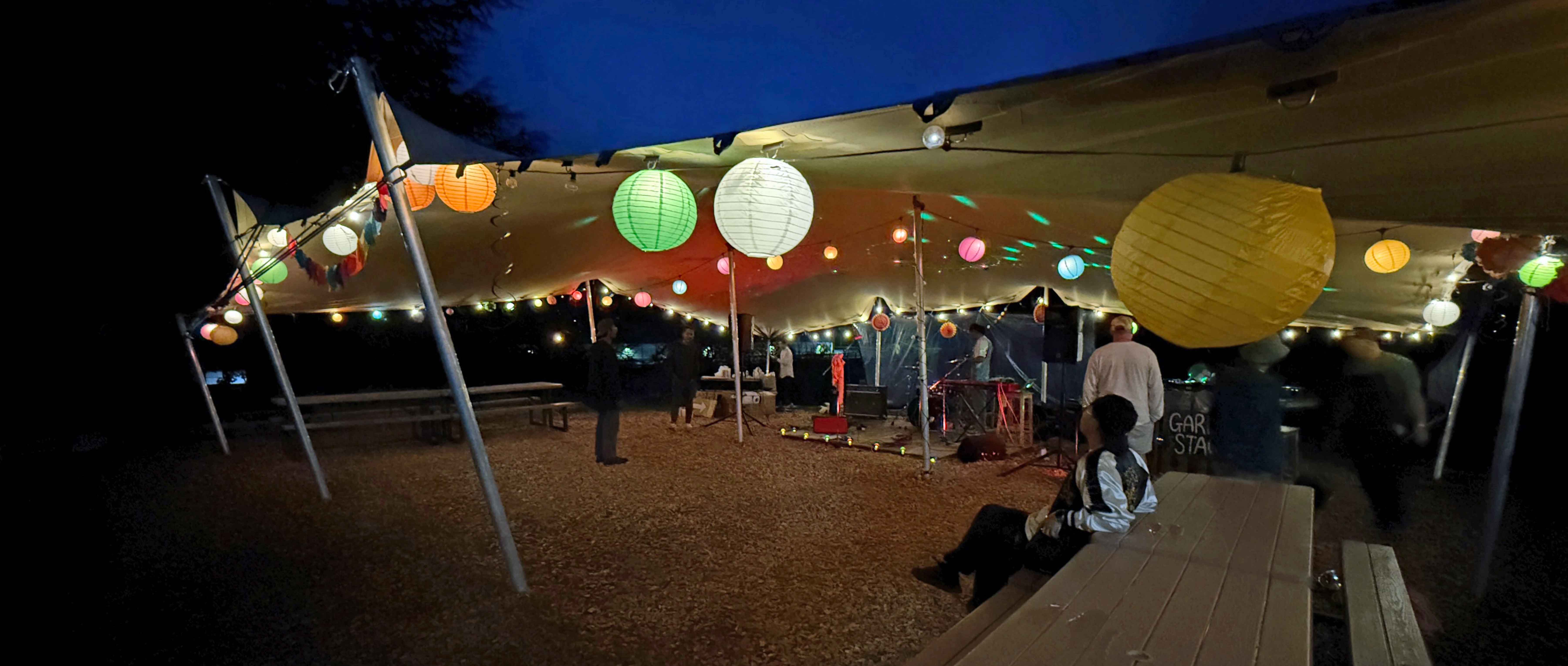 The venue for the post-event party was ready to go
The venue for the post-event party was ready to go
Last but not least, what about all the fun, quirky things that make a Grinduro event so distinctive – on-course activations need to be planned, evening entertainment needs to be sourced and booked and an alcohol licence might need to be applied for.
 Ready for the off...
Ready for the off...
Finally, after months and months of planning and hard work, the big day arrives. It would be nice to think that with meticulous planning in place that everything would run smoothly and the organising team could relax a little, but there are always last minute jobs to do, as well as the practicalities of the event itself. With a field of more than 250 riders and the wide range of abilities, fitness levels and skills that such a number will create, there is always the chance of incident/accident requiring some emergency help from the organisers, but there are also the other behind-the-scenes issues to deal with – course signage may have been removed (as was the case in a few sections this year), feed stations might need re-stocking with food/water and marshalls will potentially need delivering/collecting from locations around the route.
 Staying on-brand even when they’re partying
Staying on-brand even when they’re partying
You might wonder, with the vast (and in no way comprehensive) list of things that organisers need to do to successfully put on an event, why anyone would sign-up for it? It’s not because they will receive a huge sack of gold at the end of it all either – even with what might seem like relatively high entry costs, profit margins are not huge and with the vast amount of work needed to be put in by the organisers and their team, the comparative financial rewards are not all that high. Event organisers need a mix of passion for our chosen sport, seemingly limitless energy, the ability to constantly multi-task/juggle priorities and they also need to be able to function perfectly on a combination of not enough sleep, too much alcohol and a less-than-ideal diet. In short, it’s not a job we’re going to be signing up anytime soon, but when everything goes smoothly, the riders cross the line buzzing about what a great time they’ve had, the local community are happy and the sponsors are already asking when they can sign up for next year, then the rewards of the role become a lot more apparent.
The Grinduro team are already working on plans for the 2025 season. It will be their 10th anniversary, so you can be sure of a heck of a party. If you’d like to find out more, head over to their website.